The Chronodrometer Horse Timer Watch by the American Watch Company
When I sat down to watch the 149th Kentucky Derby yesterday, I had no idea I would receive a small glimpse into the history of the American watch industry. The introduction video of the broadcast featured a nice homage to the intricate horse timer manufactured by the American Watch Company in Waltham, drawing a connection to the rise of horse racing in the United States.
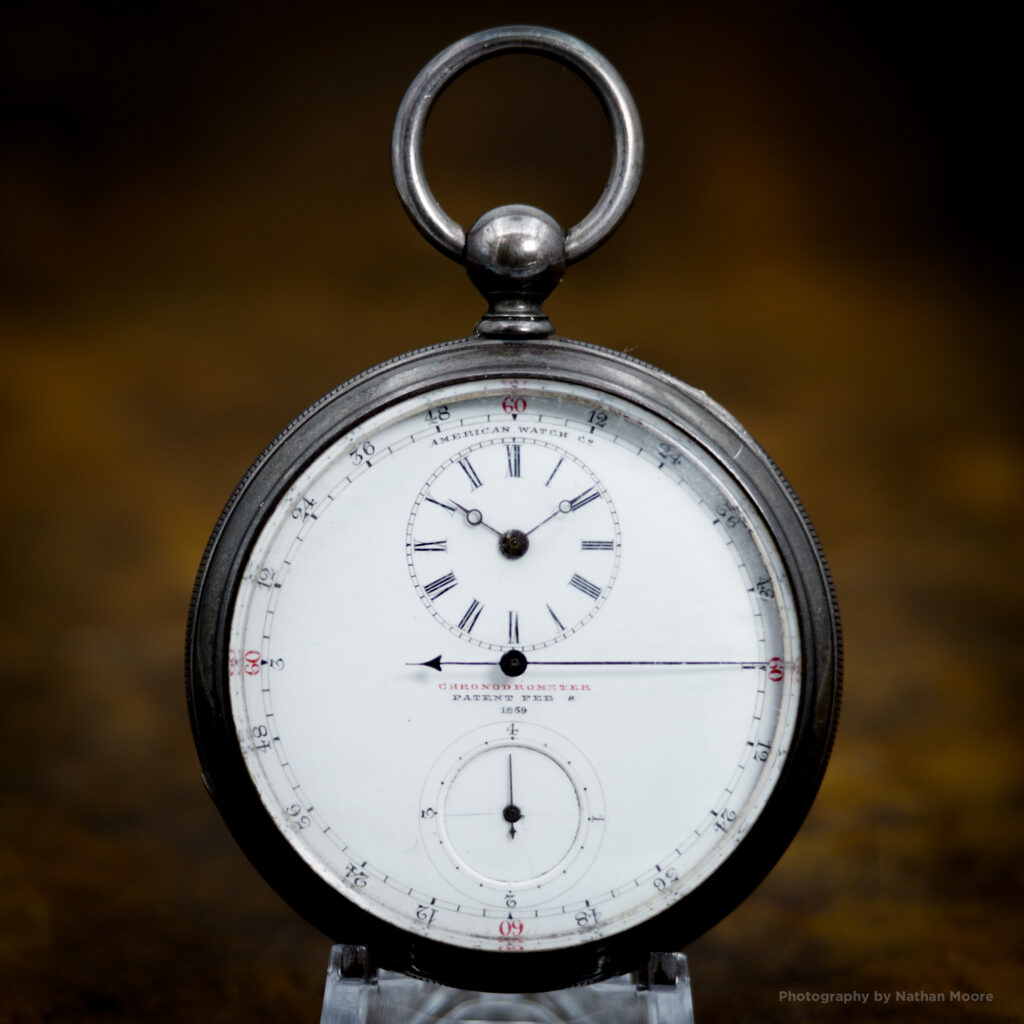
The video is available as an archived live stream posted by NBC Sports on Facebook. The intro featuring the watch starts at the 2:10 mark, and the transcript is included below.
“Sometime in the winter of 1859, the clockmakers at the American Watch Company in Waltham, Massachusetts, made a breakthrough. They created the first-ever mass-produced stopwatch – expressly to allow enthusiasts of a sport sweeping the nation – horseracing – to measure just how fast thoroughbreds could get from a start gate to a finish line. Not long after, the Kentucky Derby was born, a race that would in time be known as the most exciting two minutes in sports.” 149th Annual Kentucky Derby Introduction Video
The introduction is elegantly edited with clips of intricate watch movements and stopwatches to help the audience visualize the horse-timer watch that anchored the segment.
However, to my disappointment, not a single clip or image exhibited the watch manufactured by the American Watch Company. Most of the watches shown are stopwatches from a later period – and perhaps even worse, they are not American watches at all. Unfortunately, this was a missed opportunity to showcase a product of the often-overlooked watch industry that propelled so much of the American industry forward.
“The Chronodrometer” horse timer was first teased to the market by Appleton, Tracy & Co. in the winter of 1858. The earliest mention of this new timer is in the December 6, 1858 issue of The Kingston Whig-Standard. Similar advertisements were placed in papers across the United States.
The name “Chronodrometer” was coined from the Greek words “cronos” (time), “dromos” (race), and “metron” (measure), as described by a newspaper in 1859.
A patent for the stopwatch mechanism used in the Chronodrometer was granted to John K. Bigelow on February 9, 1859. The design represented the company’s first development of a watch with complications. According to the factory ledger, production began in October 1858, before the patent was issued. For this reason, the first run of watches was fitted with dials marked “Improved Sporting Watch. Jas Appleton Jr. Waltham, Mass.” Starting in November 1859, production was restarted using the “Chronodrometer” name, and watches were fitted with dials marked with the patent date under the word “Chronodrometer.”
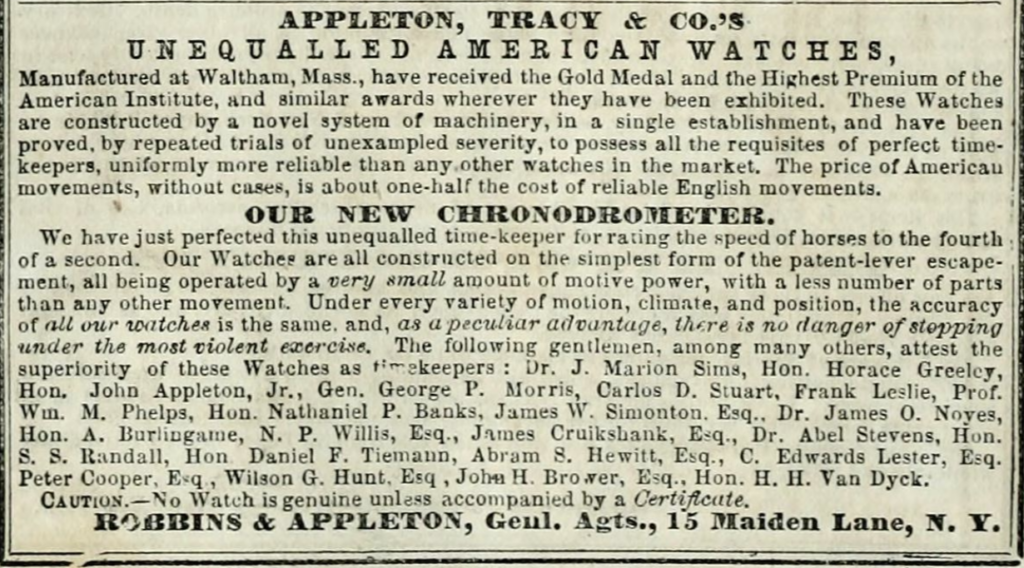
With the restart of production in November 1859, the company began advertising the Chronodrometer in various publications. Promotions published in issues of The Spirit of the Times (a paper covering field sports) even included an illustration of the new watch with a lovely description.
“The above drawing represents the face of a Watch, invented and patented by us, which, as its name implies, is intended to indicate by the most certain and convenient method, the speed of horses. As will be perceived, the centre hand describes the circuit of the dial once in four minutes; each section of one minute being numbered in seconds from twelve to sixty, and each space marking four seconds. The small hand at the foot of the dial, usually called the second hand, makes its circuit once only in four seconds, marking at each beat of the watch a quarter of a second of time. Thus it will be apparent that any number of minutes less than four, and any number of seconds greater than four, are determined by the centre hand, while seconds less than four, and the quarters of a second are determined by the smaller hand. In addition, there is, at the top of the dial, the usual hour and minute index for the time of day.
The movement has a single train only with lever escapement, and the stop work, which is of entirely new contrivance, operates with wonderful promptness and accuracy. It is admitted by ever one who has seen the Chronodrometer that its effects, with entire satisfaction, the objects of such a timepiece, and supplies the market with an article which has never been equaled.” The Spirit of the Times, November 5, 1859
Also known at the time as a “Sporting Watch,” this was not the first stopwatch timer on the market. Several European designs were readily available. Despite this, the retail price was around $250 – approximately $9,000 in today’s money $50-100, approximately $1,800-3,600 in today’s money. The exorbitant cost and the niche market for these horse timers resulted in disappointing sales, leading the company to discontinue the watch only shortly after production began. Mentions of the watch in publications stopped around June 1861.
Approximately 400 of the Chronodrometer timer watches were actually produced before being terminated.
The early production termination is evident in the Waltham factory ledgers. Multiple runs at the end of actualized “Sporting Watch” production have been noted as “Not Made,” suggesting the company had initially blocked these serial numbers for Chronodrometer production.
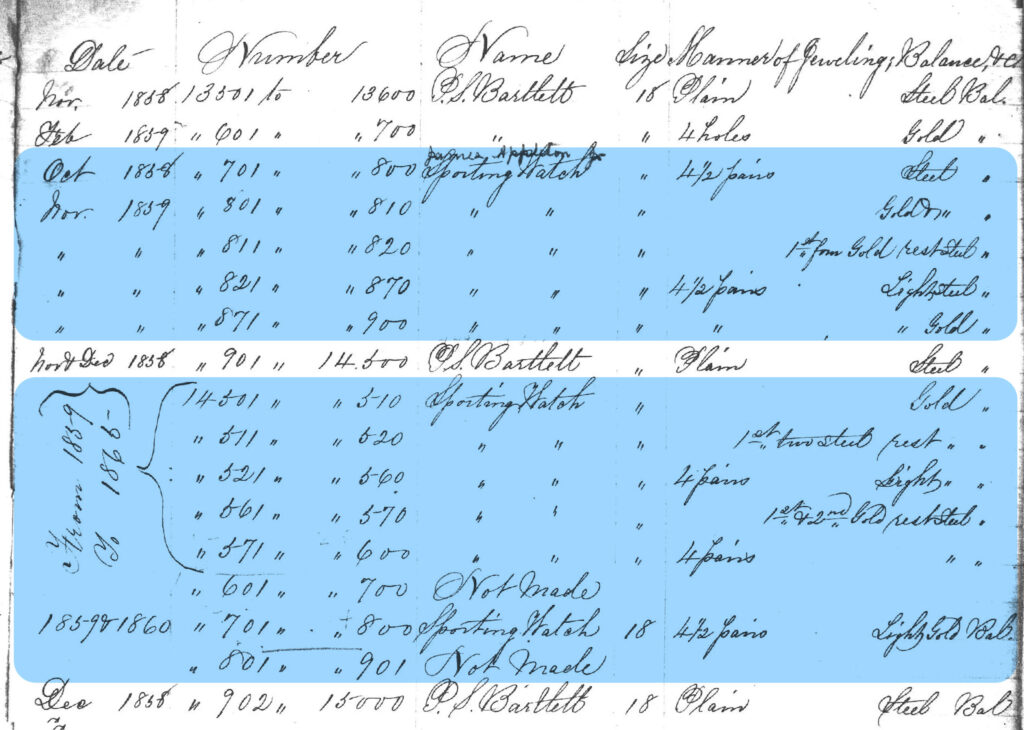
Built from the 18-Size Model 1857 already being used in standard watch production at the factory, the Chronodrometer included a small watch dial in addition to the timer capabilities. The movements were marked “Appleton Tracy & Co.” Due to the timer functionality, a special case with a button was required for operation. According to factory records, the movements were fitted with either 15 or 16 jewels.
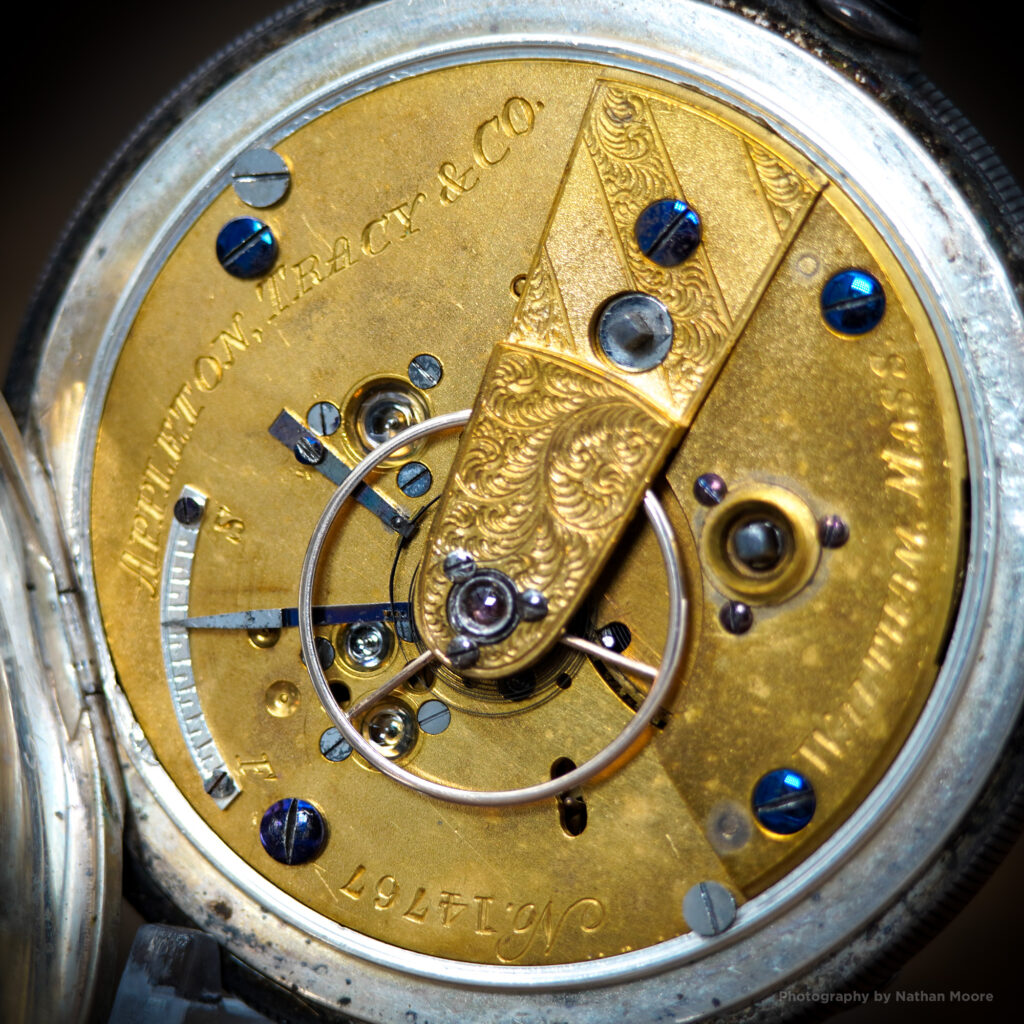
Only a handful of these Chromodrometer horse timers have survived, and they generally demand a premium when they come up for sale.
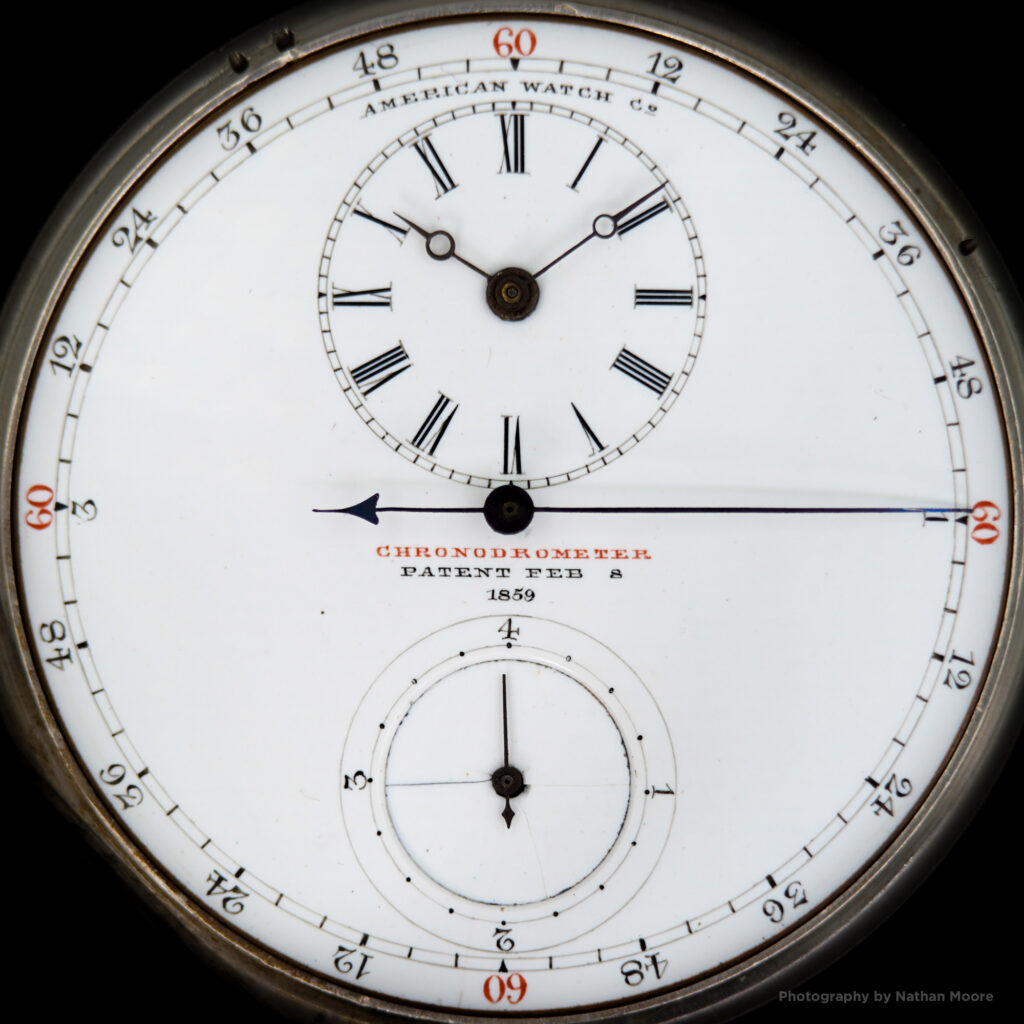

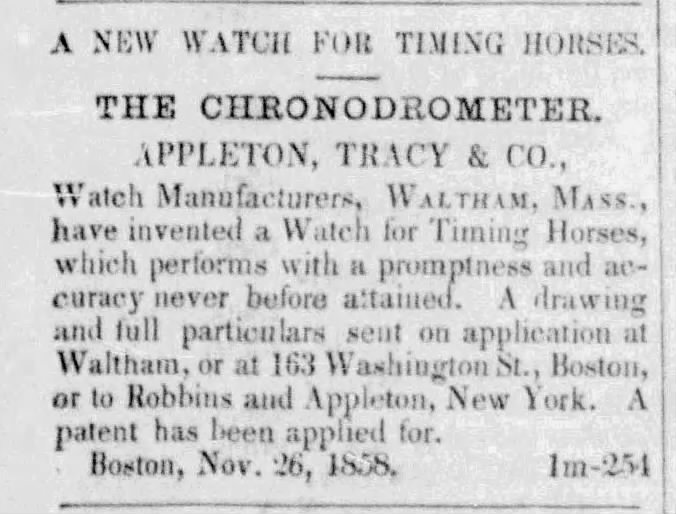
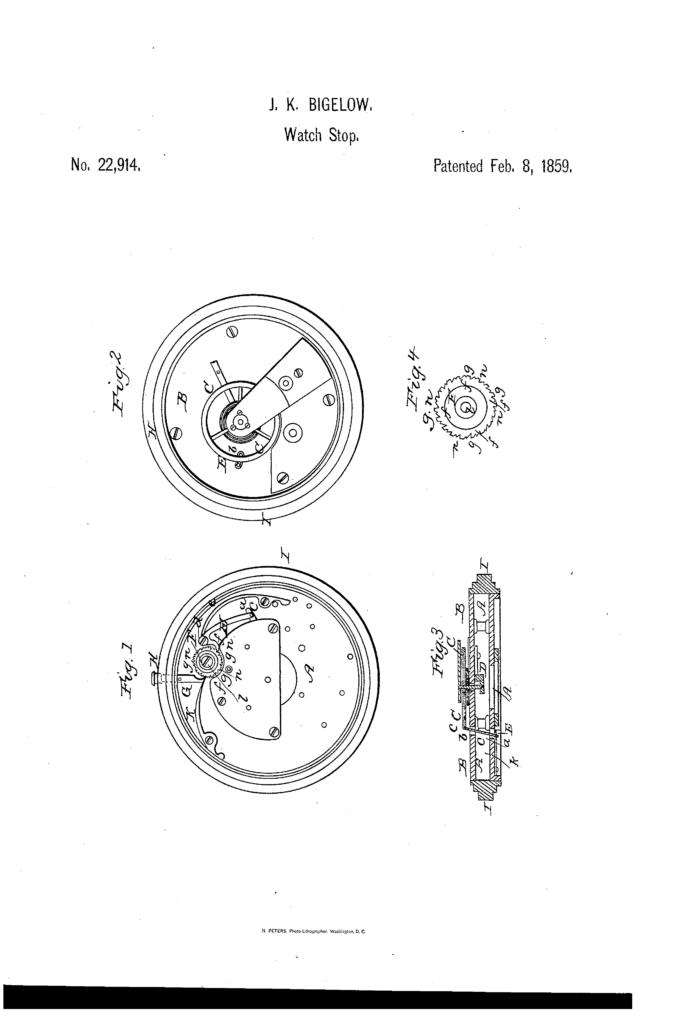
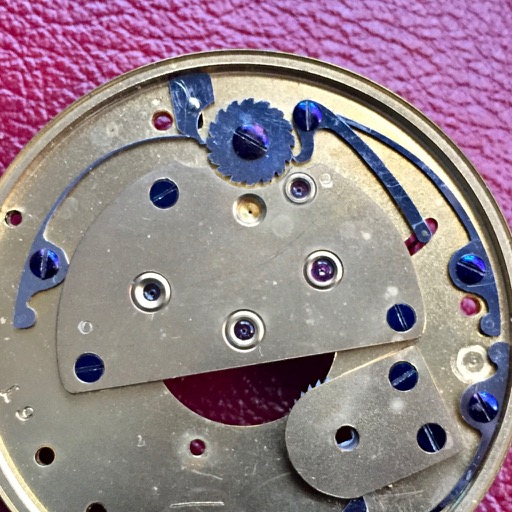
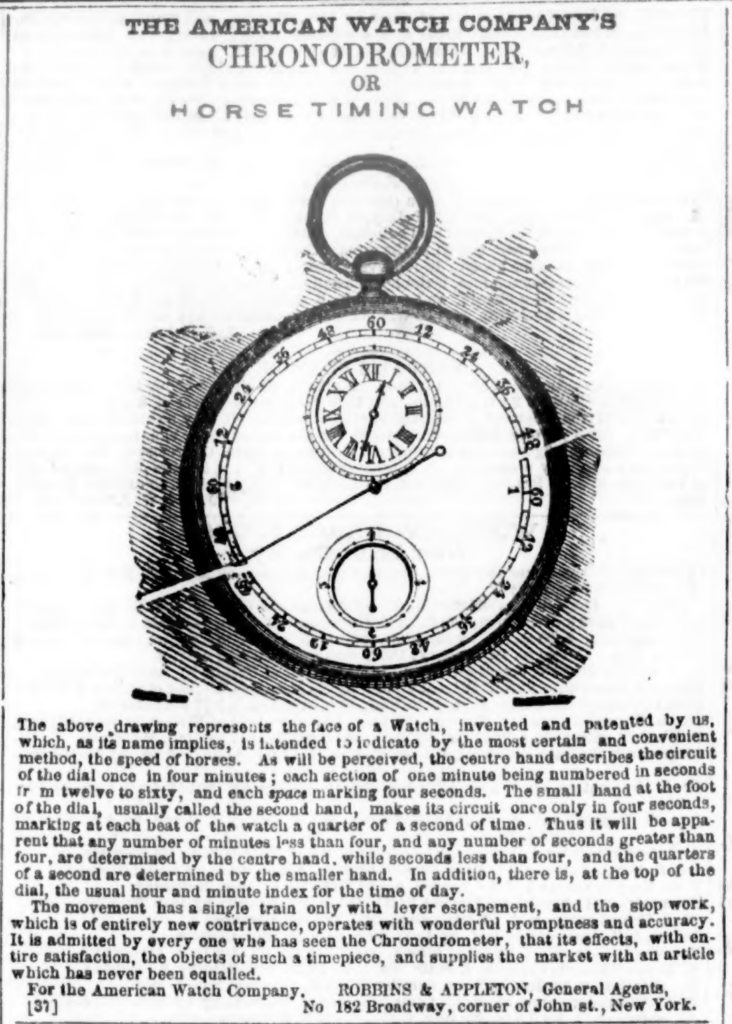
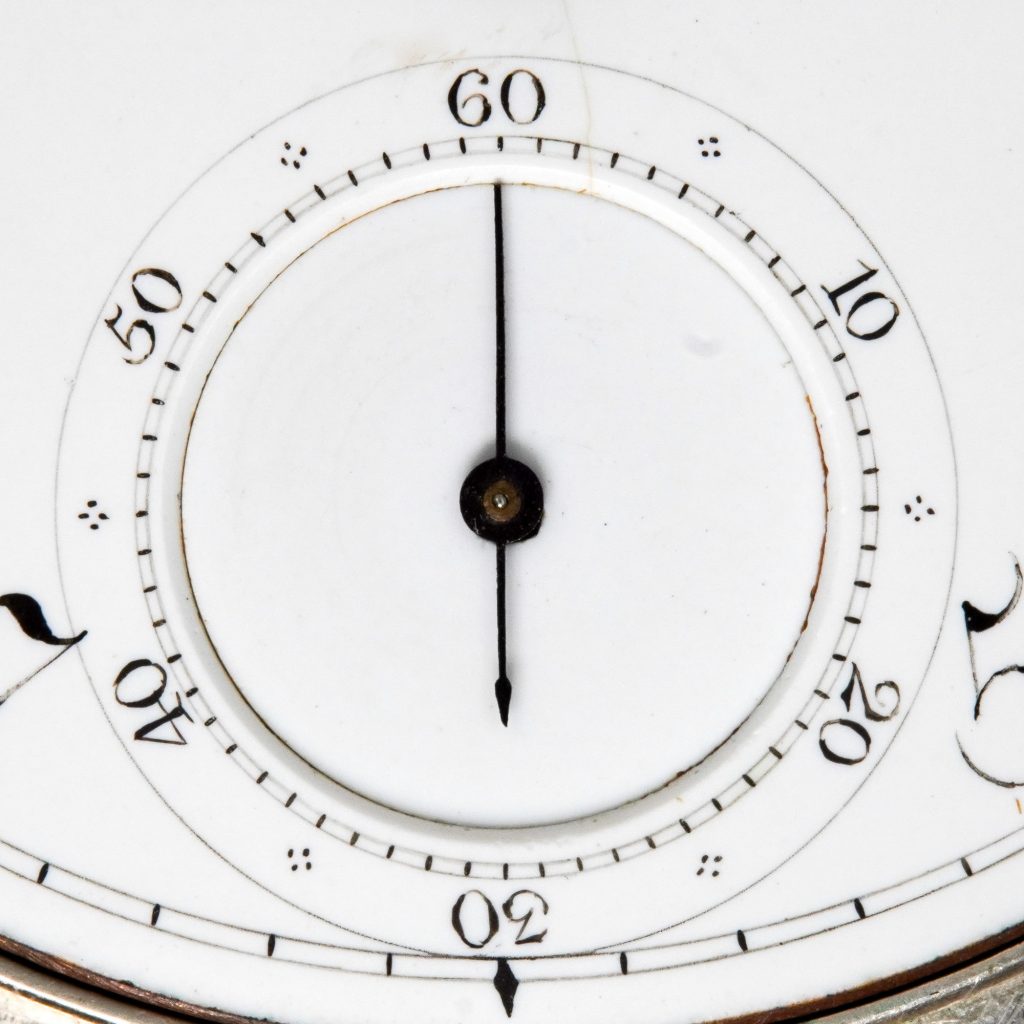
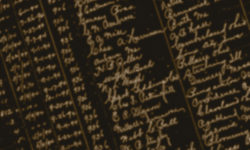
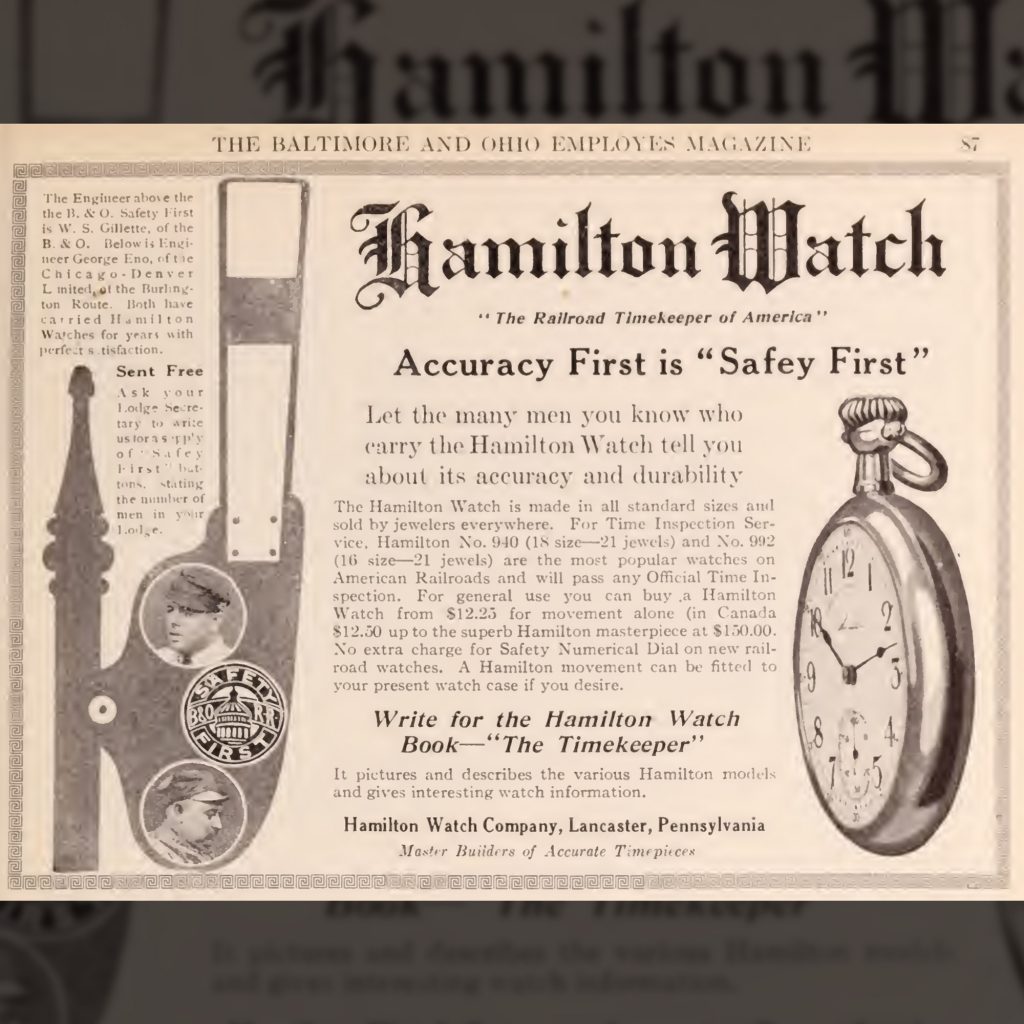
Yes, a very cool watch. Thanks for writing about it, Nathan. I’ve known for a while about it and its shortcomings, but have always wanted one anyhow. Unfortunately, some other people like ’em as much as I do, and there ain’t enough to go around.
You know 1859 was a hell of a year for pocket watches. In addition to the Chronodrometer intro, one could buy a well-made Appleton, Tracy & Co. timepiece, which wouldn’t set you back as much.
And best of all was the advanced work happening in Nashua, N.H. I’m just not sure you could walk away, at the time, with anything of that scant production.
I have one with a perfect dial that will be up for sale in a month or two. Probably on ebay or the NAWCC sell site.
Mr Moore.
We recently read your article The CHRONODROMETER Horse Timer Watch
We had recently discovered that we are in possession of an Appleton, Tracy, Waltham, Mass. CHRONODROMETER
Patent Feb 8, 1859 watch. We would like to know what our options are for evaluation and possible sale of this watch.
Thank you in advance for your assistance.
Excellent find, Melanie!
It was very difficult but I managed to track that derby commercial down and its now posted on YouTube.
Awesome. Thanks! (Here is the URL for other readers: https://www.youtube.com/watch?v=raYsGKpKde8)